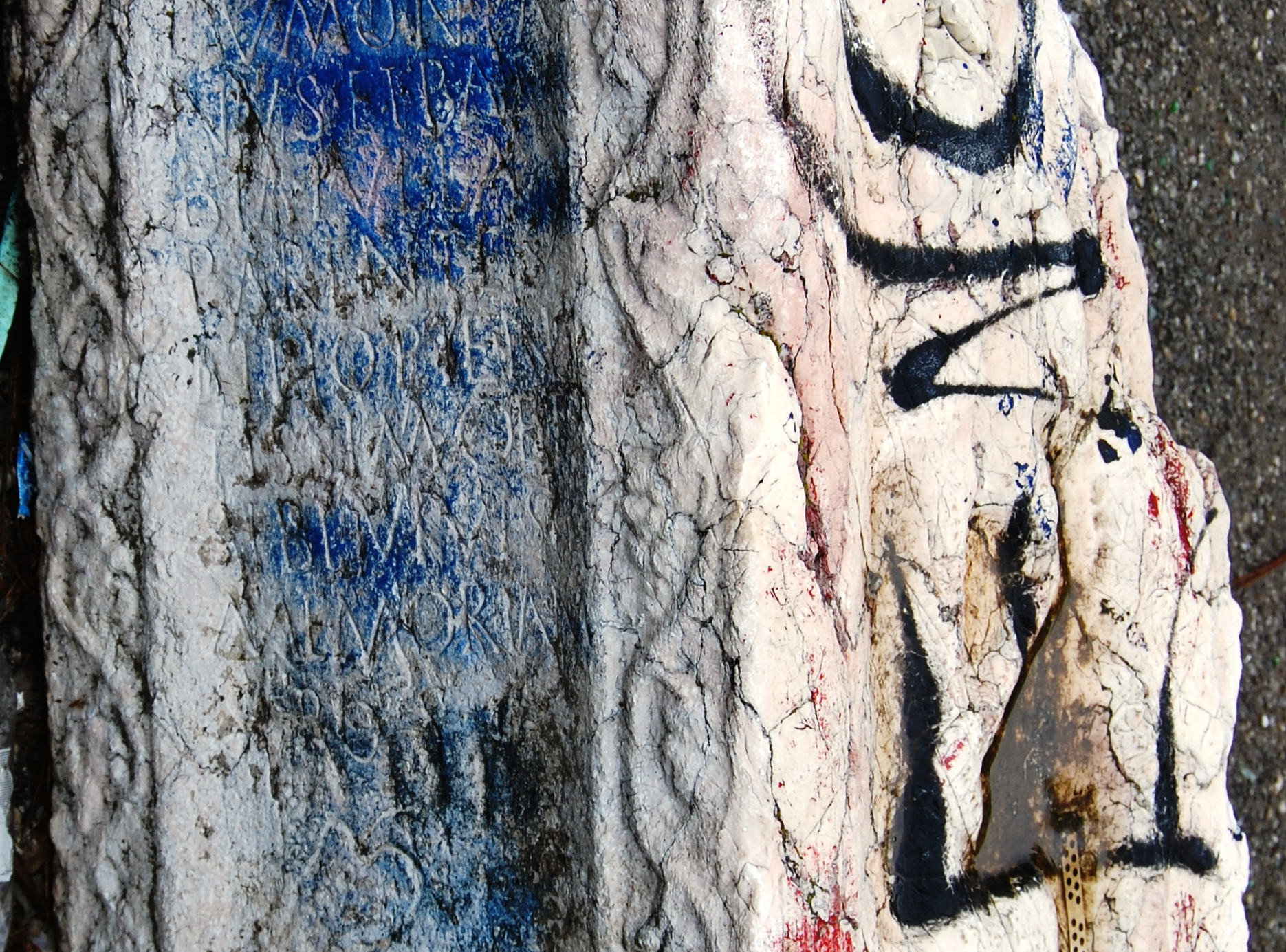Click here to see the Graph of Languages in Ancient Documents by Trismegistos on a full page.
Inscriptions from the ancient Greco-Roman world were carved in a variety of scripts and languages. There are studies devoted entirely to scripts, like the study of Local Scripts of Archaic Greece, now published online in the Poinikastas website. But scripts which have a very long history, as Latin, can change not only from place to place, but also in time. It could be hard to tell that the script on a wax tablet is actually Latin and archaic scripts greatly differ from scripts of the late empire. We shall see some examples.

